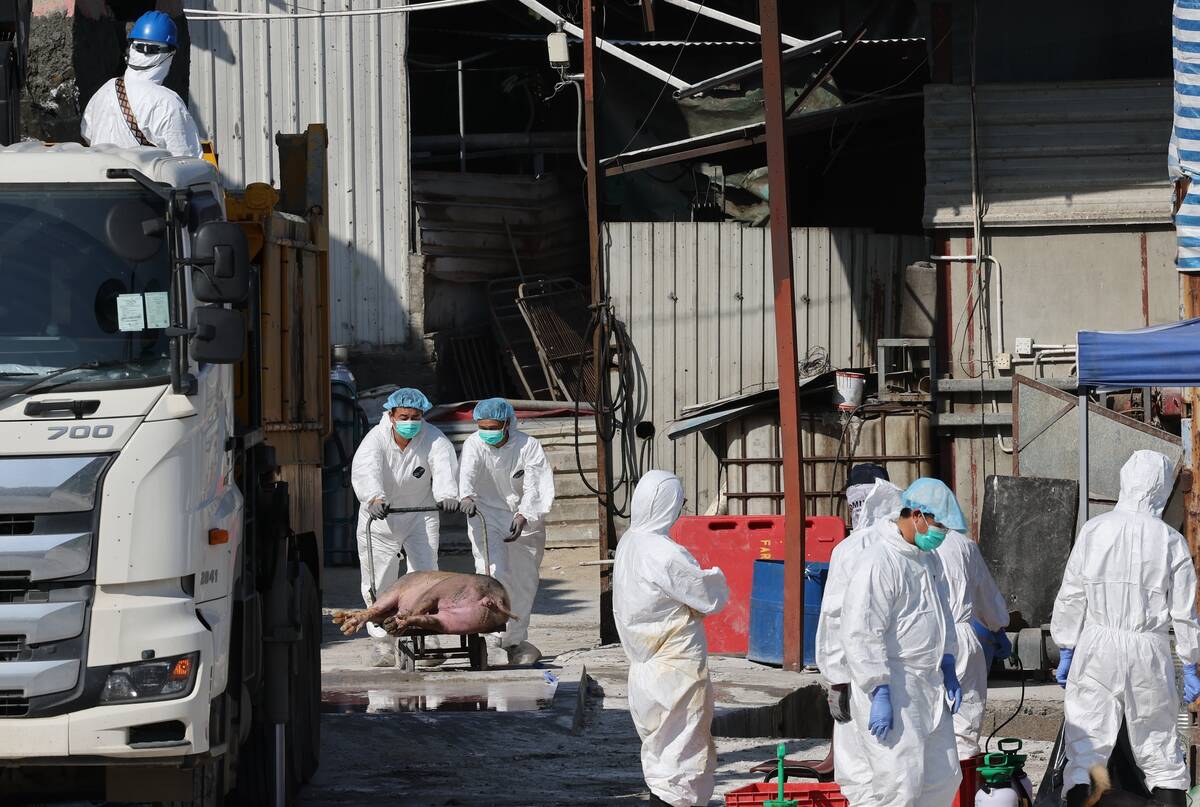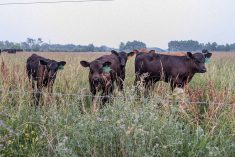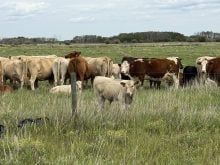BROOKS, Alta. – There is no typical week at Brooks Diagnostics Ltd. Every day sick and dying plants are brought to the plant pathology lab in an attempt to determine what’s making them sick.
It’s not uncommon to see blackleg in canola, sod samples from golf courses, sickly house plants and stressed forages, said company owner and plant pathology technologist Barb Penner.
One client reported a dying caragana hedge. After some investigation they realized a corral draining into the hedgerow was depositing heavy salts and killing the plants.
Read Also

Mixed results on new African swine fever vaccine
The new African swine fever vaccine still has issues, but also gave researchers insight into how virus strain impacts protection against the deadly pig disease.
Although privately owned, the diagnostic centre works closely with government scientists and field staff who forward plant disorders to the lab. They also have access to an on-site science library.
Often a producer has a good idea of what has afflicted his crop, but the lab can confirm the problem and suggest treatment.
“In general our recommendations try and focus on cultural control (such as crop rotations) because chemicals aren’t that well accepted. But then, they are good tools which can’t be ignored,” said Diagnostics’ plant pathologist Jim Calpas.
Nine years of university didn’t prepare Calpas for the range of sights he sees in the specimen lab each day.
The staff have diagnosed fungal, bacterial and viral diseases as well as insect, weather and chemical damage.
The company is working with Agriculture Canada’s research station in Vancouver to commercialize a special antibody technique to detect blackleg in canola.
With canola becoming Western Canada’s most valuable crop, Penner sees an increasing demand by pedigreed and commercial seed growers for the service. It can confirm virulent blackleg within days, rather than weeks, giving the producer time to combat the problem.
“If growers are going to be selling seed, it’s a selling advantage if they’ve had their lots tested,” she said.
A major contract for the centre was receiving accreditation by Agriculture Canada to provide certification for Alberta seed potatoes.
Before, seed potatoes had to be tested in Winnipeg. But backlogs could keep growers waiting for several months.
At Brooks results can be available within a week. Potato samples come in lots of 50 to 400 tubers and each one is tested to export standards, said Penner.
Bacterial ring rot is one of the main tests done on the seeds. A highly contagious virus, it causes a discolored ring inside the tuber. Detection can shut down a producer.
“Talking about bacterial ring rot with producers is like talking to your old girlfriends about AIDS,” said Calpas.
The lab diagnoses plant diseases of every type – for a fee.
Some producers are still reluctant to pay for the diagnostic service when up until a year ago the government labs did it for free.
Producers must measure what the cost of testing means to them in the long run. Diagnosis for a potato virus at $10 per sample is cheap compared to the loss of an entire crop worth thousands of dollars, Penner said.















